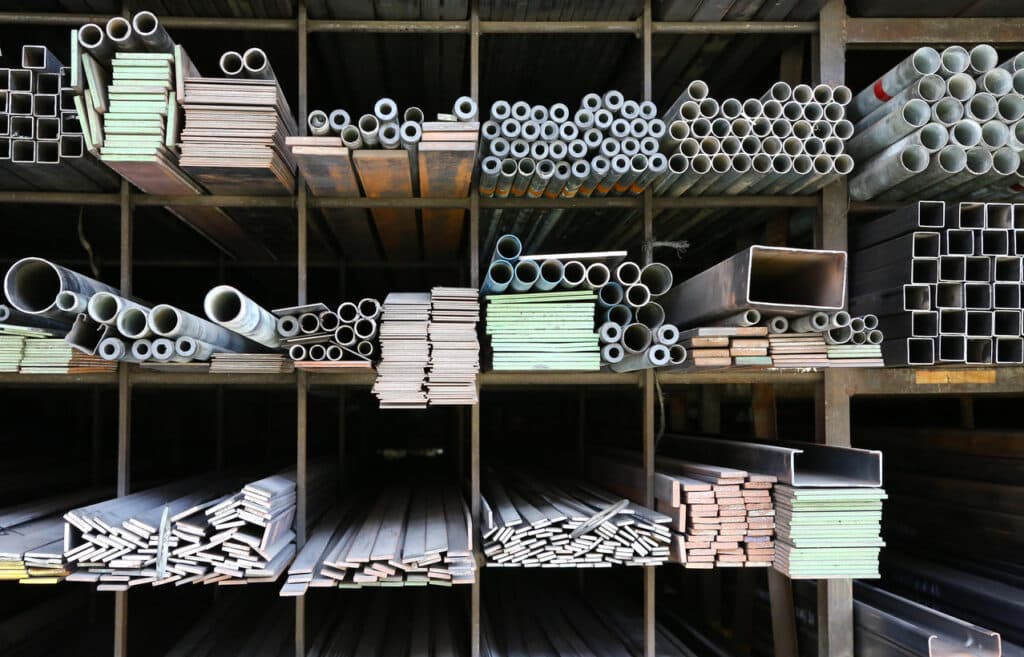
- Massive Range
- FREE UK Delivery
- Rapid Dispatch
- Massive Range
- FREE UK Delivery
- Rapid Dispatch
- Massive Range
- FREE UK Delivery
- Rapid Dispatch
Home » Why 304 Stainless Steel Sheets are the Go-To Choice for Durability and Aesthetics
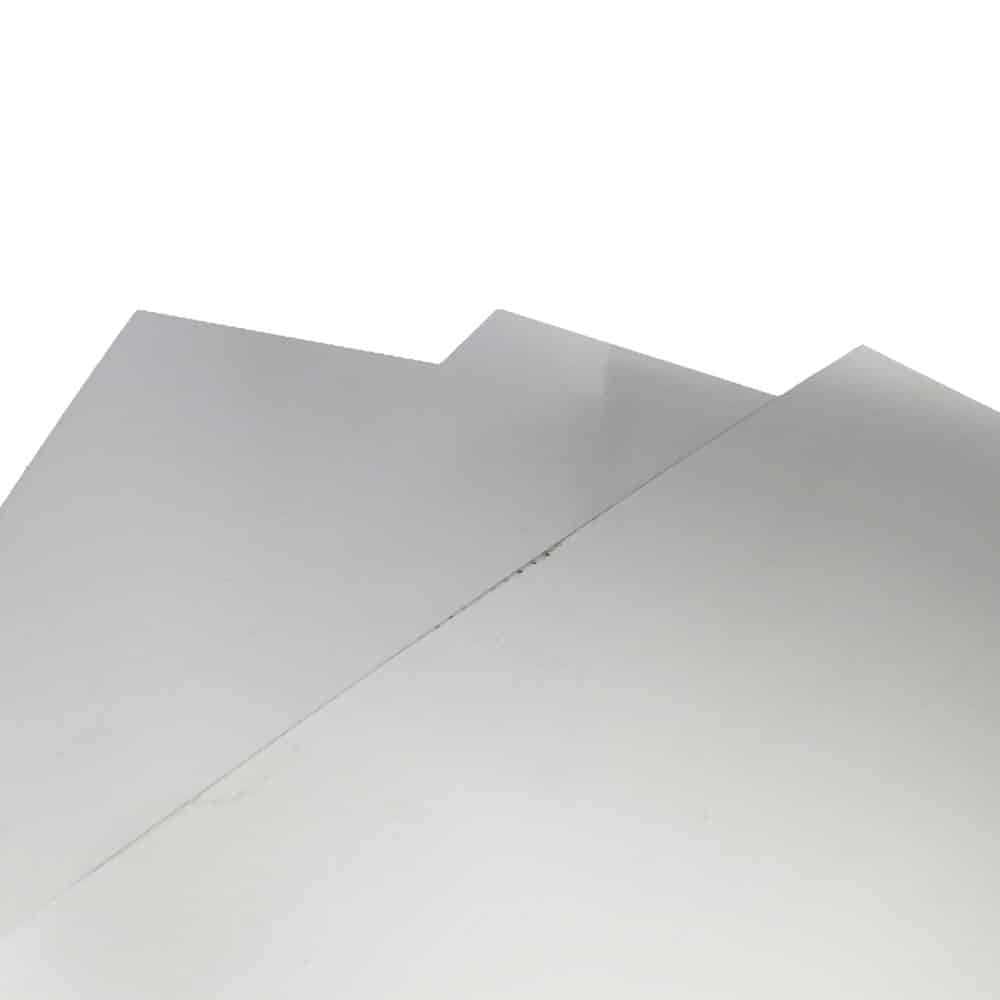
Stainless steel represents an epitome of innovation in materials science and engineering, combining strength with ease of use.
This alloy, famed for its corrosion resistance, finds a home in an array of applications, ranging from grand architectural structures to intricate medical devices.
Its unique combination of elements, primarily iron, chromium, nickel, and carbon, confers strength and aesthetic appeal to this material.
There are numerous variants of stainless steel, but 304 grade stands out as a particularly popular choice. Known for its impressive versatility, 304 stainless steel is a standard “18/8” steel, denoting its composition of 18% chromium and 8% nickel. This blend contributes not only to its remarkable corrosion resistance but also to its considerable durability and eye-catching surface sheen. As a result of its resistance to oxidation and corrosion, 304 stainless steel is an indispensable material in situations requiring both strength and corrosion resistance.
A 304 stainless steel sheet’s greatest strength lies in the unique fusion of durability and aesthetics that it offers. Besides being robust against environmental factors, these sheets also offer a visually pleasing finish, which is important in many design-centric applications. No matter where it is used, 304 stainless steel stands out for its ability to maintain its lustrous appearance even in a bustling kitchen of a five-star restaurant.
This article aims to delve into how 304 stainless steel sheets encapsulate this blend of toughness and beauty, making them an ideal choice for a multitude of applications.
Let’s get into it…
It consists of approximately 18% chromium and 8% nickel, combined with a maximum of 0.08% carbon, and is often referred to as ‘A2 stainless steel‘.
This composition is pivotal in creating its most lauded property: corrosion resistance.
As a result of the chromium content, a passive layer of chromium oxide forms on the steel’s surface, protecting it from rust and degradation. Nickel enhances the steel’s corrosion resistance, especially in acidic environments, and makes it more ductile and formable.
Compared to other stainless steel grades, 304 offers excellent corrosion resistance, workability, and cost-effectiveness. Due to the addition of molybdenum, grades like 316 stainless steel offer higher corrosion resistance, but they are also more expensive.
Conversely, lower grades of stainless steel, such as 430, which contain less nickel, are less corrosion-resistant and have different mechanical properties. 304 offers a good balance between performance and cost, therefore finding a sweet spot.
Key Features
The main features that set 304 stainless steel apart are:
This combination of features makes 304 stainless steel a highly adaptable and reliable choice for both industrial applications and consumer products.
It is imperative to consider the durability of 304 stainless steel sheets when considering materials for any long-term application. Durability is not just a single attribute, but a composite quality that includes corrosion resistance, mechanical strength, and longevity.
As already mentioned, the chromium content in 304 stainless steel is the secret to its excellent corrosion resistance.
A thin layer of chromium oxide forms when chromium is exposed to oxygen, protecting the steel underneath from further oxidation. In environments prone to rust and corrosion, such as coastal areas with salty air or industrial settings with chemicals, this characteristic is particularly valuable.
In chlorinated environments or when exposed to high salinity over long periods of time, 304 stainless steel can be susceptible to corrosion, regardless of its resistance to a wide range of environments. It is recommended to use higher-grade stainless steels like 316 in such cases.
Due to their robust nature, 304 stainless steel sheets are ideal for a variety of critical applications.
In construction, they are used for cladding, roofing, and structural support, especially where resistance to atmospheric corrosion is required.
For automotive and aerospace components, 304 stainless steel offers strength and weather resistance. Due to its ability to resist corrosion from a wide range of foodstuffs and cleaning products, 304 stainless steel is also heavily used in the food industry.
Additionally, 304 stainless steel sheets are highly regarded for their aesthetic appeal. The combination of functionality and beauty is what makes 304 stainless steel a preferred choice in architectural and design applications.
Surface finishes for 304 stainless steel include polishing, brushing, and sandblasting, each imparting a different texture and visual appeal. Its inherent shine and smooth surface not only contribute to its aesthetic appeal, but also make it easy to clean, a highly desirable characteristic in both consumer and industrial products.
For its sleek, modern appearance, 304 stainless steel is often used by architects and designers. In facades, decorative trims, and interior cladding, it provides a contemporary appearance while ensuring longevity.
The visual appeal and surface finish options of 304 stainless steel are often incorporated into public installations, sculptures, and even high-end furniture designs.
Maintenance is an aspect of aesthetics that is often overlooked.
The ease of cleaning and ability to maintain its appearance over time with minimal maintenance are significant advantages. In architectural applications, where the material must endure structurally as well as visually, 304 stainless steel’s longevity makes it an ideal material.
The versatility of 304 stainless steel sheets is evidenced by their widespread use across various industries. This adaptability stems from their perfect blend of durability, corrosion resistance, and aesthetic appeal.
The construction industry uses 304 stainless steel both for structural and design purposes. Especially in harsh weather conditions or urban environments, its strength and corrosion resistance make it ideal for building exteriors. The non-reactive nature of 304 stainless steel makes it ideal for surgical instruments, dental tools, and hospital equipment. In these applications, its ease of sterilisation is crucial.
Food and beverage industries greatly benefit from stainless steel’s hygienic properties. It is used in kitchen appliances, cookware, and food processing equipment because it does not react with food and is easy to clean, reducing contamination risks. 304 stainless steel is used in automotive and aerospace applications for parts requiring strength and corrosion resistance.
It is ubiquitous in everyday items like kitchen sinks and countertops, as well as industrial applications like chemical containers and heat exchangers.
A notable case study is its use in the construction of the iconic Gateway Arch in St. Louis, Missouri. The monument’s exterior is clad entirely in 304 stainless steel, chosen for its durability and resistance to tarnishing and corrosion, ensuring the landmark’s enduring beauty and structural integrity.
The workability of 304 stainless steel is another factor contributing to its widespread use.
Its ability to be easily machined, welded, and formed allows for its application in a wide range of products and structures.
It is possible to cut, machine, and form stainless steel 304 using standard fabrication techniques. Due to its strength, it requires slower speeds and more power than most common machining practices. As a result of its excellent malleability, it can be bent or shaped without breaking.
Most conventional welding techniques can be used to weld 304 stainless steel, including MIG and TIG. To maintain corrosion resistance at welds, it’s important to use filler metals with a similar composition and to anneal after welding if severe deformation has occurred.
Surface finishing techniques such as brushing, sandblasting, or mirror polishing can enhance the aesthetic appeal of 304 stainless steel.
These finishes not only provide visual enhancements but can also contribute to the material’s corrosion resistance. For instance, smoother surfaces can be more resistant to accumulation of contaminants, which can aid in corrosion resistance.
The adoption of 304 stainless steel in various sectors is not just a testament to its physical properties but also speaks to its sustainability and economic advantages.
304 stainless steel is an eco-friendly material. By reducing the need for frequent replacement, it conserves resources and minimises environmental impact.
Additionally, it is 100% recyclable, and its recycling does not degrade its properties, so it can be reused without sacrificing quality. Much of the new stainless steel on the market contains recycled content, thereby reducing its environmental footprint.
Over its lifespan, 304 stainless steel is a cost-effective choice due to its durability and low maintenance requirements.
Despite its initial cost being higher than some other materials, its longevity and minimal need for repairs or replacements translate into substantial cost savings in the long run. The importance of this aspect is particularly important in applications where maintenance or replacement costs can be prohibitive or where durability is paramount to safety or efficiency.
When compared to materials like carbon steel or aluminium, 304 stainless steel often has a lower life-cycle cost. Although materials like carbon steel may be cheaper initially, they require more maintenance and are more prone to corrosion, which leads to higher costs over time.
With its corrosion resistance and durability, 304 stainless steel often requires less maintenance and lasts longer, making it more economical in the long run.
This article has explored the multifaceted nature of 304 stainless steel sheets. 304 stainless steel stands out as a superior choice in many fields due to its robust composition and exemplary durability as well as its aesthetic appeal and versatility. In construction, transportation, food processing, and more, its ability to withstand harsh environments makes it a valuable material.
Furthermore, its environmental sustainability and cost-effectiveness make it a practical as well as a responsible choice. With these factors combined, 304 stainless steel sheets are a preferred material for both current and future applications.
A deeper understanding of 304 stainless steel’s properties and applications can always help customers to make prudent choices for their projects.
A blend of strength, beauty, and longevity makes 304 stainless steel a great choice for construction, design, or any industrial application.
As always, thank you for checking out our blog. We hope that this helps you with your project.
Please also check out the other articles in our helpful guide series. We have written about aluminium sheeting and checker plate recently to name but two of our articles.
We are also proud to sell this product on our highly popular eBay store, check us out there too.
If you have any further questions, feel free to contact us.

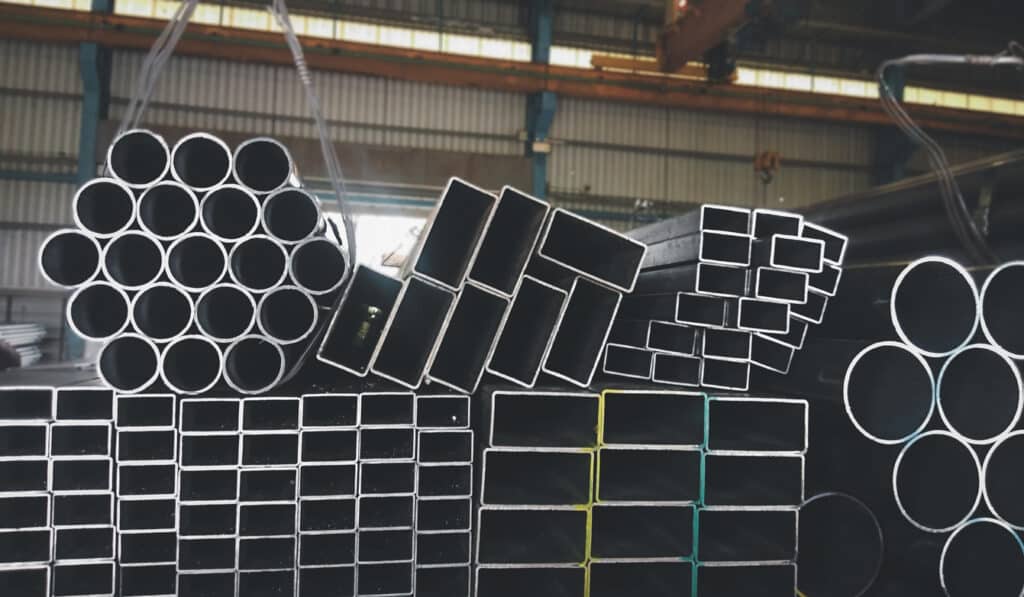
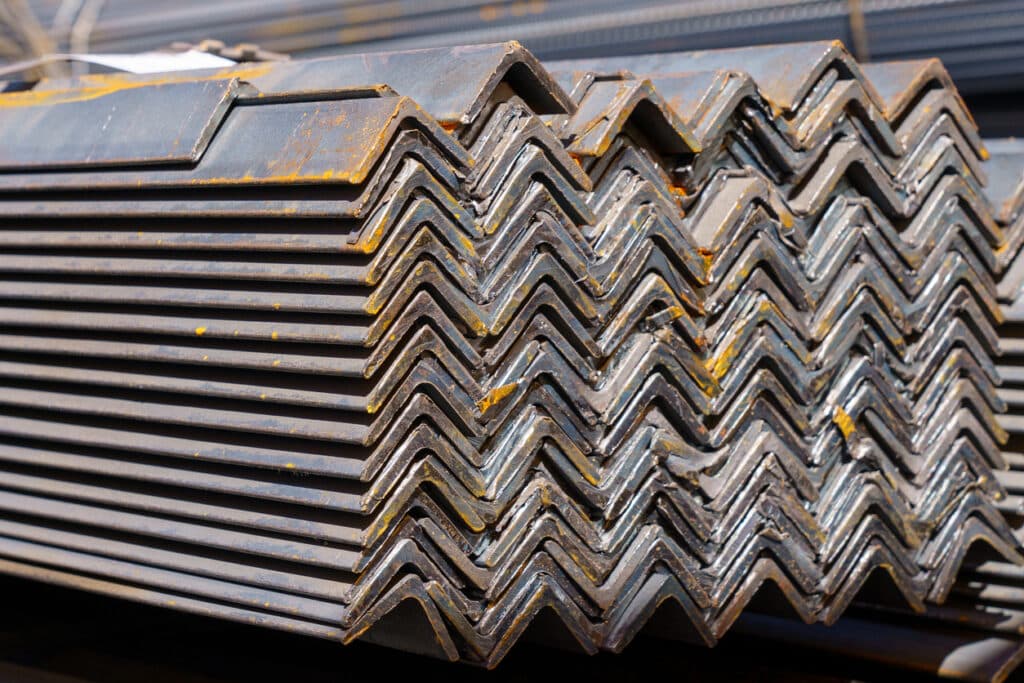
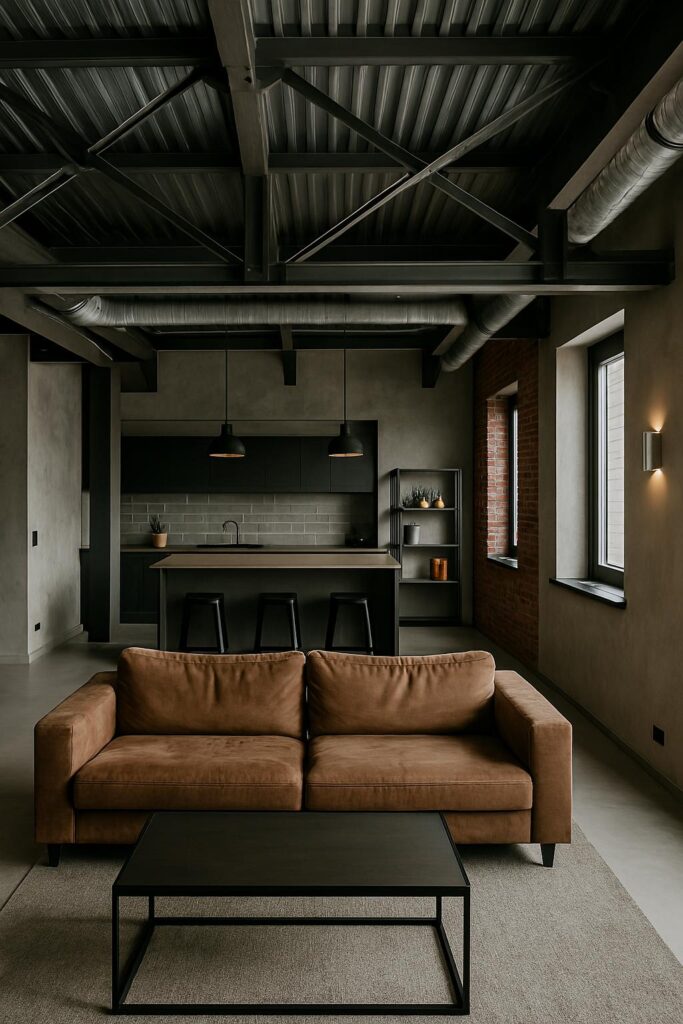
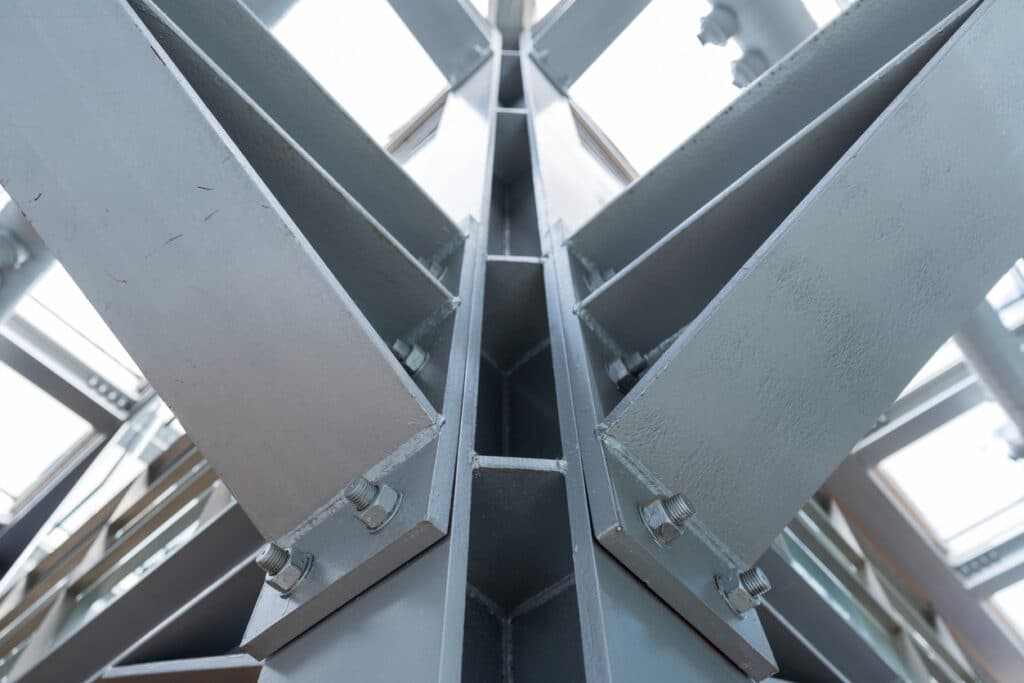
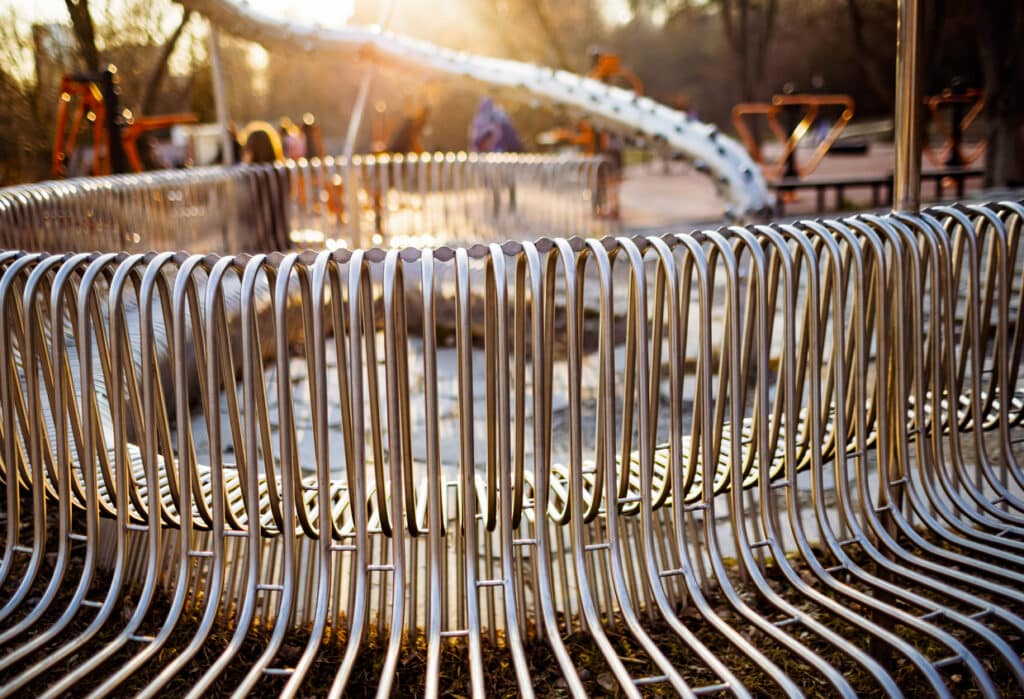
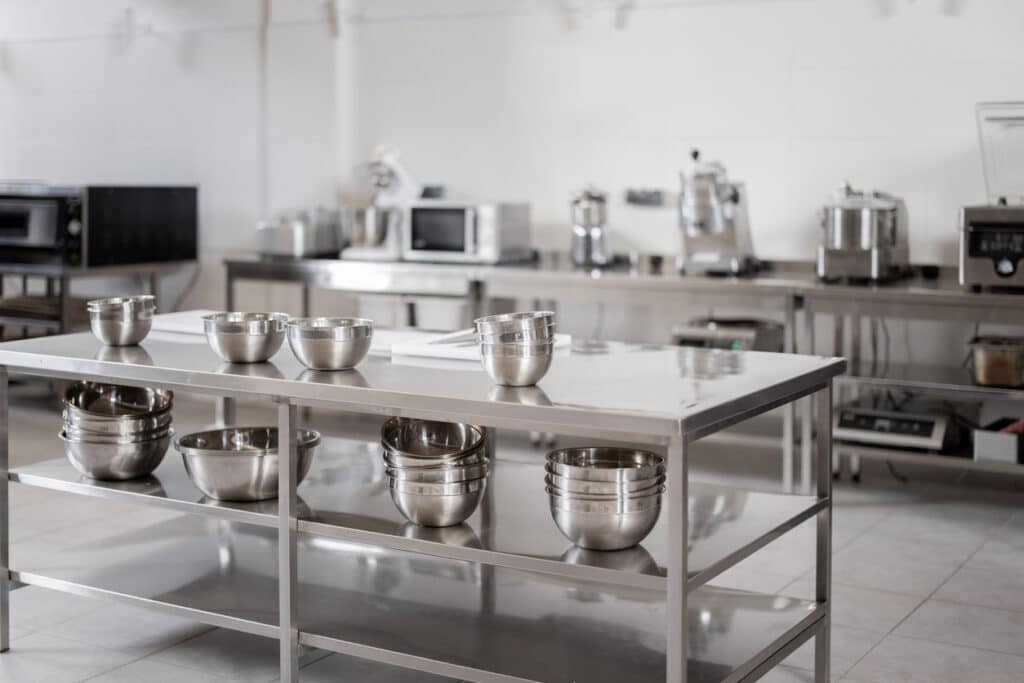
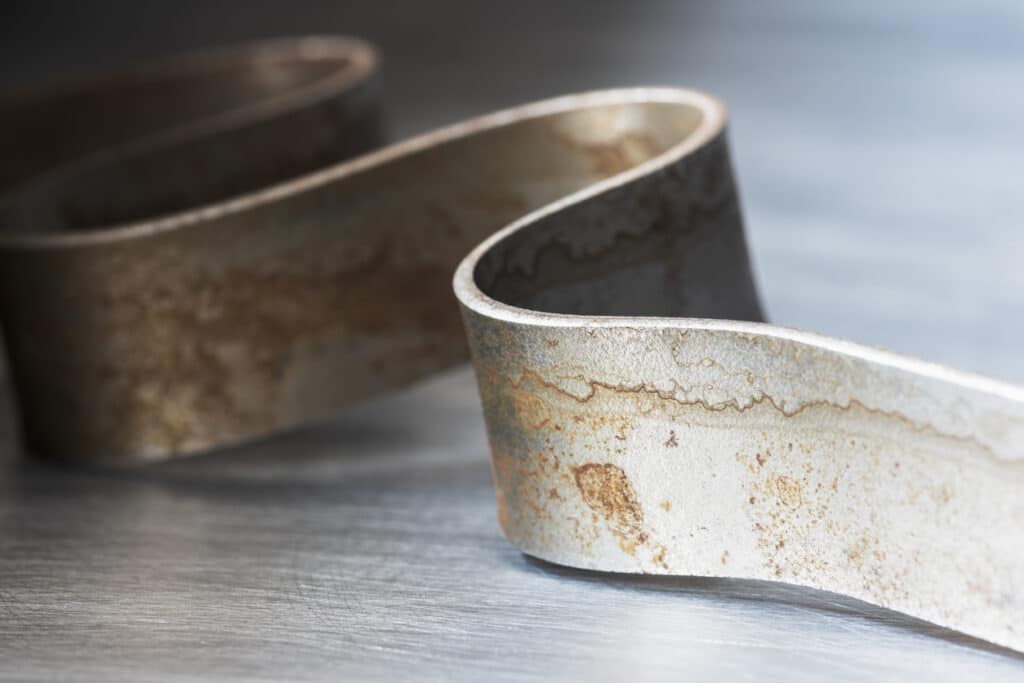
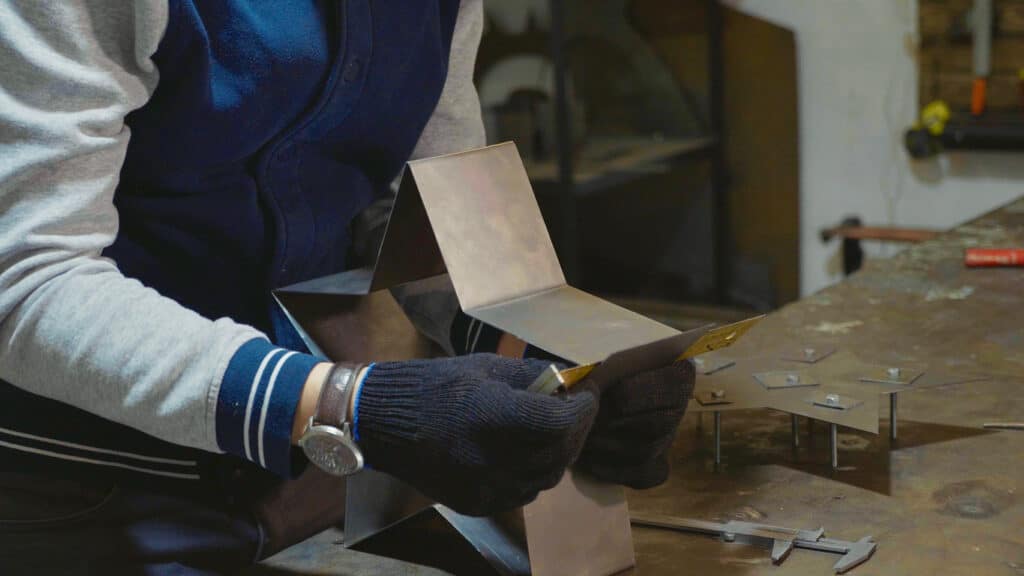
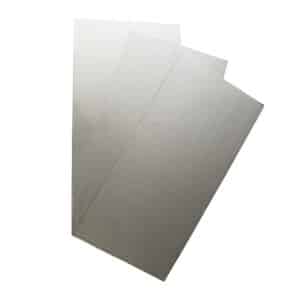
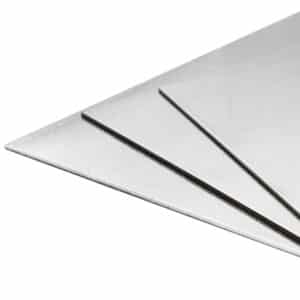
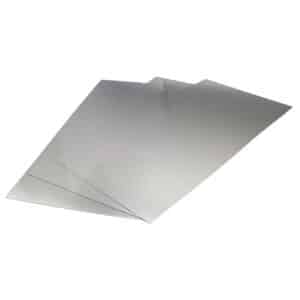
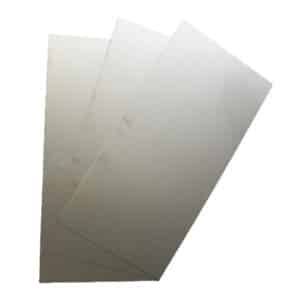
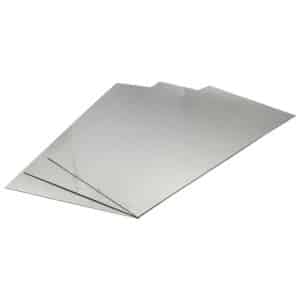
Speciality Metals
Unit 1, Farrell Street, Warrington,
Cheshire, WA1 2WW, United Kingdom
Quick Links
Payment Options
